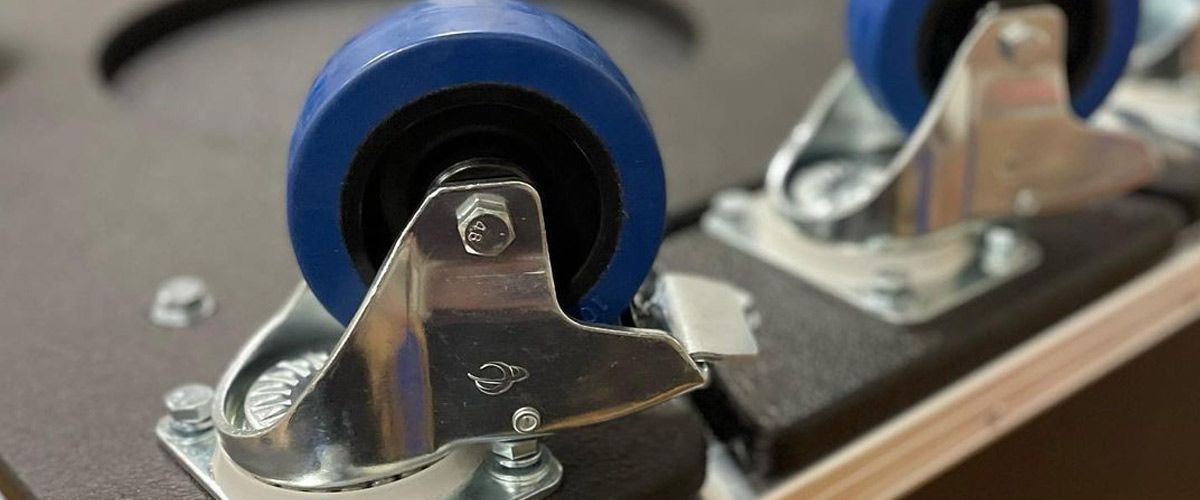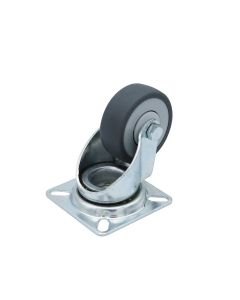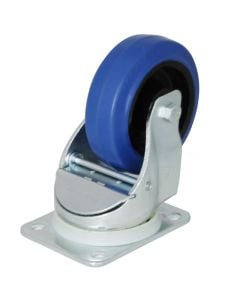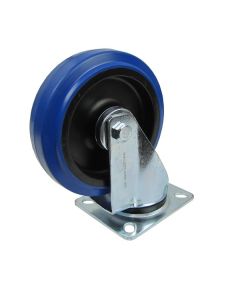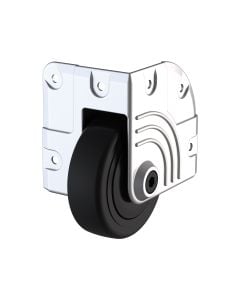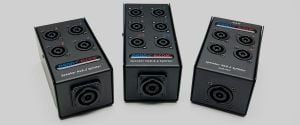Choose the right castor for the load you are carrying
When you are choosing castors, you need to start with the weight of what you are transporting. The castors need to be perfect for the occasion, preventing wheel failure and damage to your contents inside the flight case.
We recommend you follow this simple formula to find out your required load capacity per castor:

C = required load capacity of caster
L = maximum cart load
W = Cart/Case Weight
N = number of castors
SF = safety factor
Unless stated otherwise, weights used are in lbs or kilograms:
Maximum Cart Load (L)
A crucial parameter for your flight case, this weight helps to determine the overall load.
Cart/Case Weight (W)
Do not forget your flight case and its components also need to be factored in as they have their own weights to consider.
Number of Casters (N)
While traditional flight cases use four, depending on your design and specifications, it may require more. It is also important to ensure that they are evenly spaced and secure, and we recommend a good mix of braked castors in your selection for more control.
Safety Factor (SF)
The safety factor is the margin of flexibility that you give for unexpected equipment or loads, uneven distribution, or the physical strength of the end user as Cart Load and Cart Weight will not account for environmental factors. Remember that some cases may be stacked on top of each other.
So, for example, if you are looking at castors at around 75mm/3” diameter, you would only look for light-duty applications with moderate loads, while 100mm/4” castors (depending on the design) can take heavier loads, whilst larger models such as 125mm/5” castors can take high capacity loads across uneven terrain.
Our large selection of castor wheels provides models suitable for almost any application, and we also supply castors which have been designed to fit specific uses.
Choose your castors based on the surface it will be travelling on
Coupled with load and capacity, the surface your flight case will be used on is important when choosing the right castors. From limiting floor damage to increasing your castors’ longevity and maintaining their performance, finding the right castor is important.
Crucial things to look out for are ease of movement and traction. Moving your case at an outdoor event will be vastly different to moving it in an industrial setting.
Smaller castors are suited to indoor spaces due to their compact size and ability to work with hard or polished surfaces, whereas larger castors can deal with heavy-duty items and varied terrains.
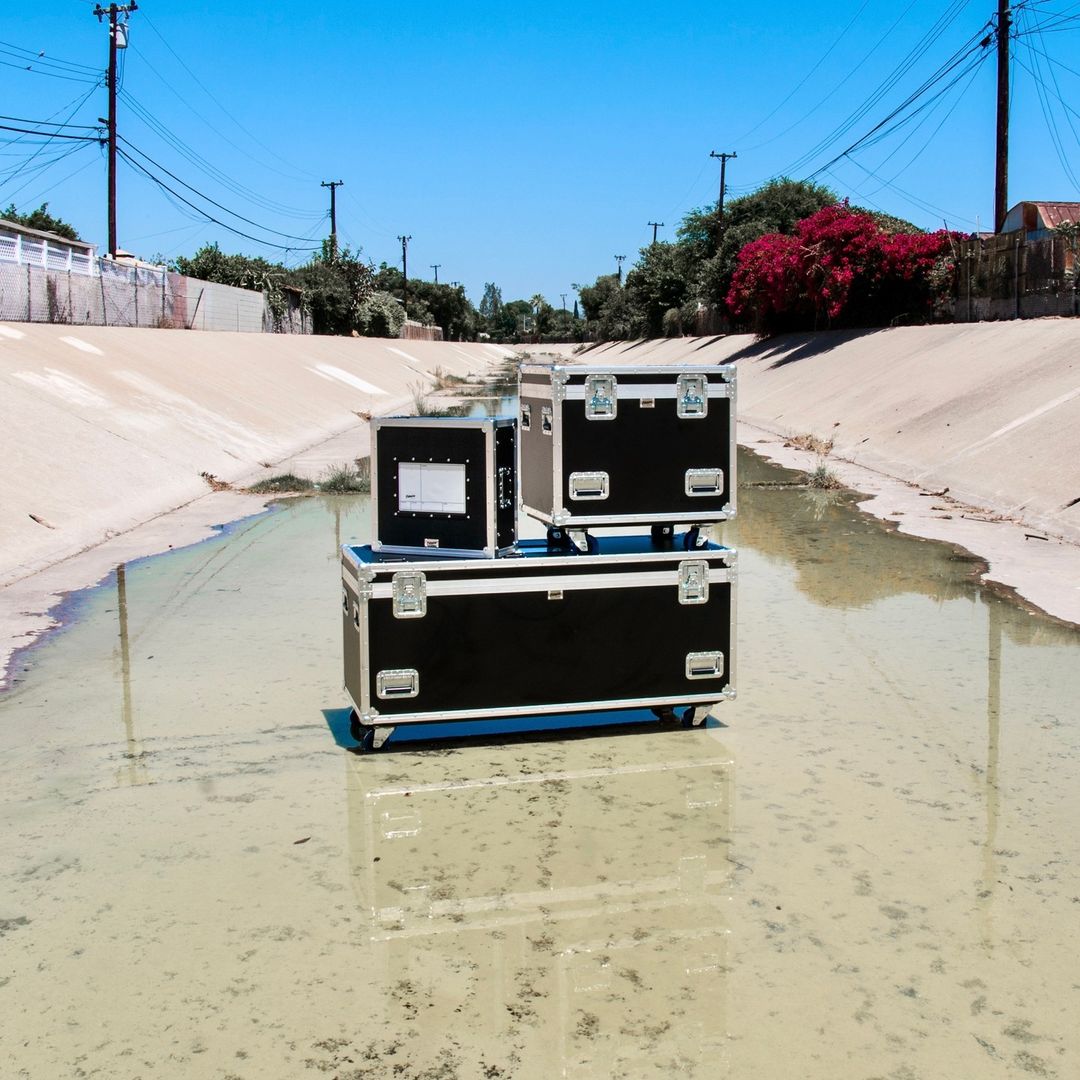

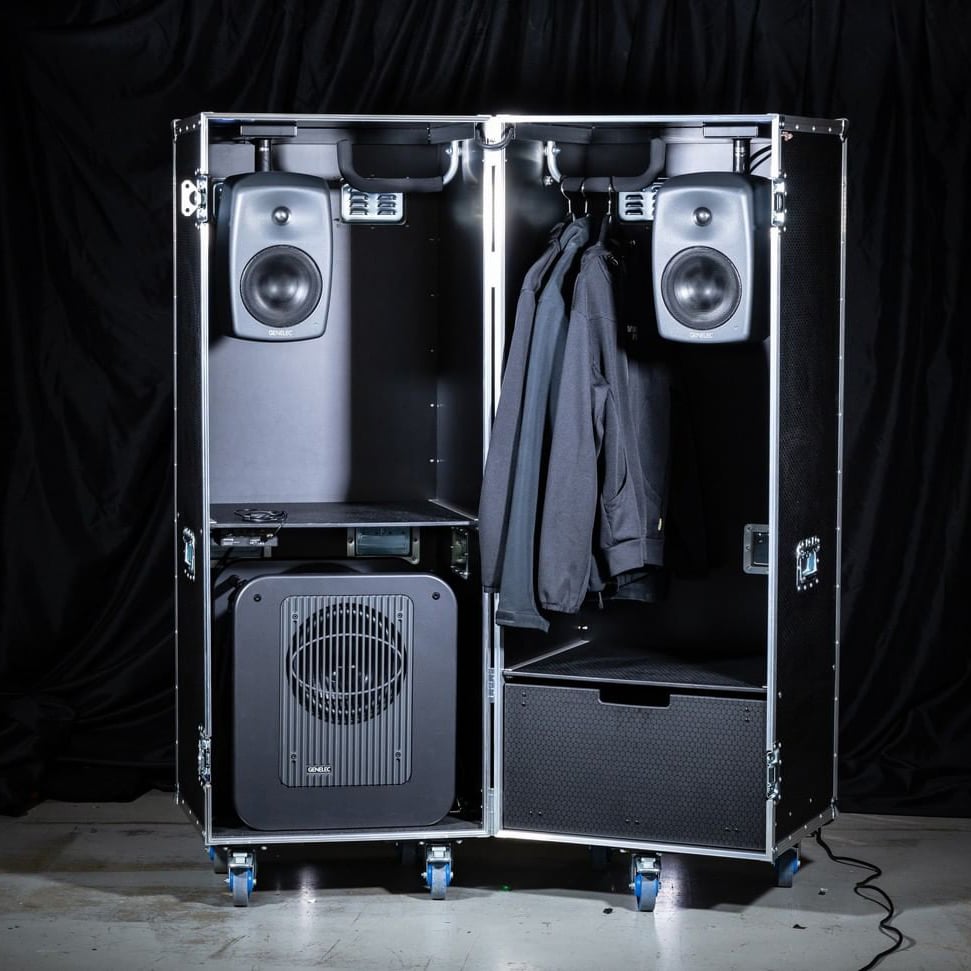

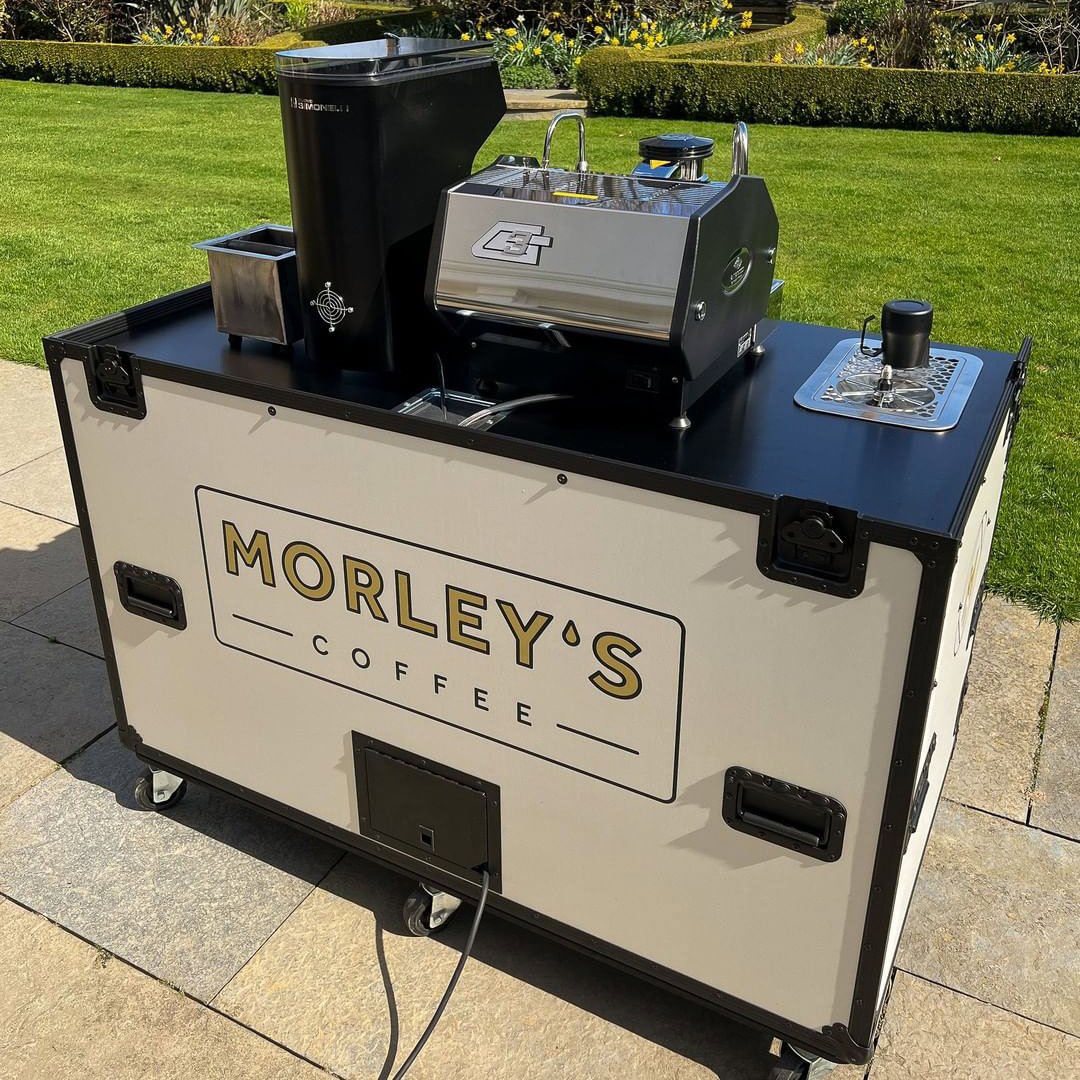

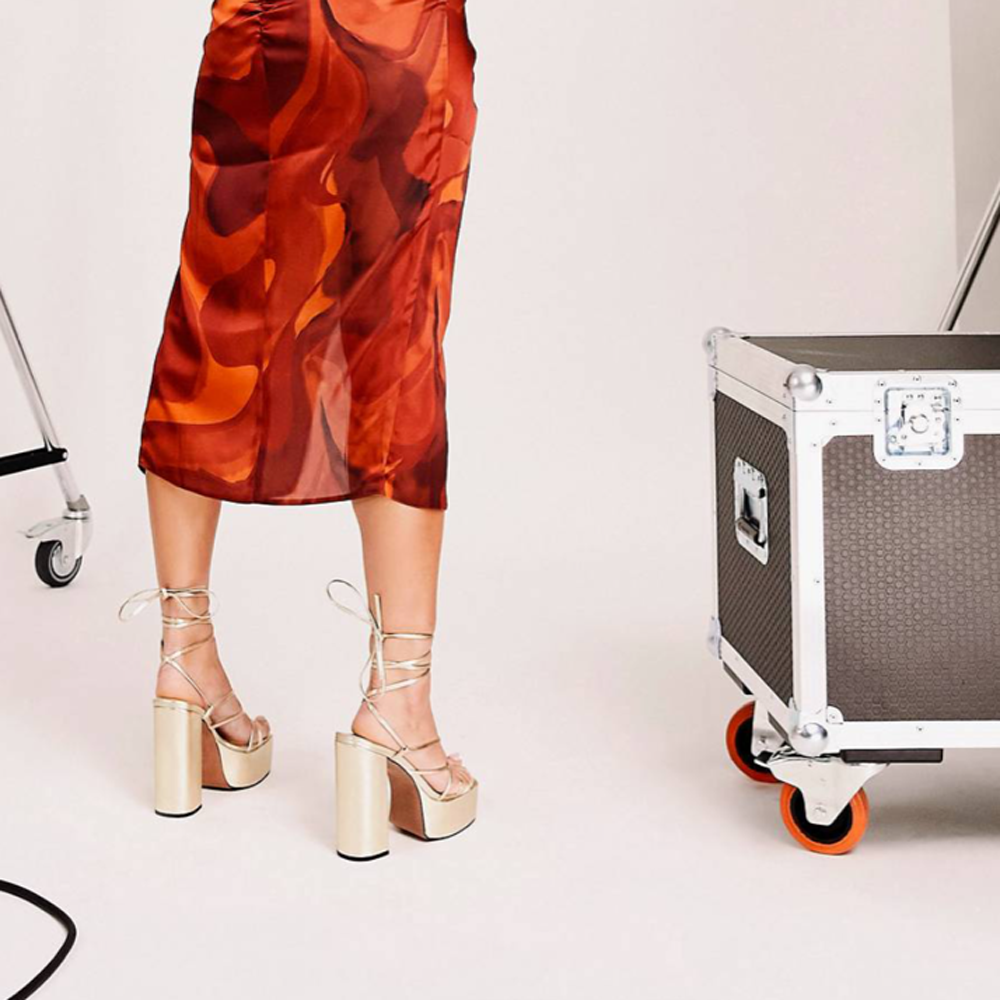

Swivel castors, fixed castors, and castor plates
How your castor wheels manoeuvre across different surfaces also proves to be a factor in choosing the right castor wheels.
Depending on your flight case and the configuration of your castors, your choice of swivel castors or fixed castors (or even a combination) can determine what you can or can’t do.
Swivel castors are known for their ability to move through tighter spaces, offering your flight case flexibility and improved steering. Fixed castors, while mostly only moving along a straight line, offer simple stability with fewer moving parts.
In addition, you may want to consider using castor plates, as they can aid your flight case in different ways. Most castor plates help with installation, strengthening the mounting of your wheels onto the case with instant threads for more accurate fitting.
Meanwhile, a quick-release castor plate makes it easy to take castors on and off. Quick-release plates can make storage simple, taking off wheels for easier stacking if you are not using castor dishes, and making wheels easily replaceable when damaged or changing the use of your flight case.
Edge castors and corner castors
Where most flight cases will feature castors mounted to the underside/bottom of the case, there are some instances where edge or corner castors may be more suitable, such as for smaller trolley style cases where you may need to tilt the case to pull or push along (like a suitcase). It is important to note that both edge castors and corner castors do not swivel or rotate.
Castor material
Castor wheels come in a variety of materials, each suited to specific applications. Selecting the right material depends on factors like load capacity, surface type, environmental conditions, and noise considerations.
Rubber castor wheels offer excellent shock absorption and are ideal for smooth, quiet movement on uneven surfaces, making them perfect for indoor use.
Polyurethane wheels provide a combination of durability and floor protection, making them suitable for warehouse and factory environments where they must endure heavy loads without damaging flooring.
Nylon and plastic castor wheels are lightweight and resistant to chemicals and corrosion, making them ideal for use in laboratories and food service environments.
Conclusion
Choosing the right castor for your flight case is made easier by knowing what you are loading, where you are going, and if you need to adapt.
Finding out the weight of your equipment and your case is the starting point, and understanding if the environment and surfaces you will encounter will help you narrow down the options, along with how you will be using and storing the flight case.
At Penn Elcom we can help you find the right hardware to get your flight case working smoothly, with an extensive selection of flight case hardware including castors, handles, latches, dishes and more.
Explore the full range of Penn Elcom Castors

